Recommendation points
- Grateless furnace (BKP) with a damper type “Buleryan”
- How to make a PCB with your own hands
- Simple and convenient chimney
- Additional ways to realize the potential of a steel furnace
Are there ways to improve the efficiency of conventional stoves and ovens made from a barrel? How to make a long burning stove with your own hands? What do you need to know about the reactions that take place during the release of heat? You will find answers to these questions, as well as step-by-step instructions in our article..
We have repeatedly mentioned the low efficiency and high fuel consumption of conventional direct burning stoves. The reason for this is the direct access of oxygen and the free emission of exhaust gases. The initial stage of solving this problem was given in the last design – with a chimney heat exchanger. In addition, there are the following problems with fuel combustion:
- Fast uncontrolled burning. In this case, too high a temperature arises in the area of the hearth, and the metal quickly loses its properties.
- Incomplete combustion of material. This is especially true when disposing of plastic and other polymers (in household waste). Acrid smoke from rubber and PVC, thick exhaust from a car is the result of non-burning of petroleum products.
- Frequent (up to 1 time per hour) loading of fuel and the risk of fading of the hearth. You cannot leave such an oven overnight – it will go out and cool down. It is worth noting here that an important advantage of steel furnaces is their rapid heating..
The main idea that we will develop in this article will be the regulation of the oxygen supply for combustion. This will require more precise execution of shutter (doors, dampers) and adjusting (dampers, movable and rotary dampers) devices.
Grateless furnace (BKP) with a damper type “Buleryan”
In fact, this is a potbelly stove, but without a grate. She got into our classification because it is more effective and requires the qualifications of a master. Despite the fact that fewer parts are used in such a stove than in a stove, it has one element that is complex in execution – the firebox door. This element is the only one fundamentally similar to the details of “Buleryan” (but at the same time the most important). The door must be hermetically closed, it is combined with the supply duct (blower).
Design. Steel firebox of any shape – cube, parallelepiped, horizontal or vertical cylinder – with a “Buleryan” door in the front lower part and a chimney in the rear upper part.
Effect. In the grate furnace, oxygen for combustion is abundantly supplied to the hearth from the grate space from all sides. This leads to intense combustion and rapid take-off of temperature by a cold stream of fresh air. As a result, unburned food is removed through the chimney..
Without a grate, oxygen only passes through the supply duct, which is quite precisely regulated. As a result, the burning time is increased and the products decompose better. In this case, the hot gas stays in the furnace longer and heats the walls more efficiently. As a result, more heat remains inside the room..
How to make a PCB with your own hands
The only secret of such a stove is the sealed firebox door. It can be of any shape, but, as a rule, it is made round or square..
1. From a pipe with a diameter of 200–350 mm (wall 2–4 mm) we cut a ring 50–100 mm wide. Align and clean the edges. This element is called “collar”.
2. Cut out a circle from a sheet of 3-4 mm exactly along the outer diameter of the collar. This will be the door.
3. Based on the dimensions of the furnace, we select the diameter of the air supply channel (air channel – VK). Conventionally, it is possible to divide BKP for household use into 2 categories – small (0.13–0.18 cubic meters) and medium (0.18–0.25 cubic meters). For small, a diameter of 76 mm will be sufficient, for medium – 102 mm. The size of rectangular channels is calculated through the cross-sectional area S = Pr2.
4. VK must have an adjustment damper or gate.
Damper:
- We cut out a round flap (metal 2–3 mm) overlapping the VK stroke with an eye for the bolt thread diameter (M10–12). We weld a rod (handle) to it opposite the eyelet.
- We weld a nut to the VK pipe parallel to the air flow, flush with the outer edge.
- We install the damper on the VK pipe on the bolt through the spring and fix it with a locknut.
The gate manufacturing process is more complicated, while in terms of convenience and effect, it has no advantages over the reduced damper. It can be copied from the factory copy.
5. Cut a hole in the door for VC.
Attention! The door opening should not be less than the VK diameter. The channel itself should be displaced downward from the center and its lower edge should be located 20-30 mm from the door collar.
6. From a strip 2-3 mm thick and 20-30 mm wide we take a segment equal to the circumference of the door.
7. Weld overlay strip around the door circumference.
8. We make a loop device. To do this, in four sections of a 60–70 mm strip, we drill one hole 6–8 mm from the edge. We put them on a flat wire pin 6-8 mm long 100-150 mm. Weld the strips in pairs to the door and the firebox collar.
9. We make a locking device. This element can be arbitrary – an inventory drawer lock, a motorcycle chain tensioner or any type of eccentric with a handle. It is convenient and reliable to apply a movable thread tightening. A lock from a milk can will do. The main task is to ensure that the door is pressed against the firebox collar.
10. In the corner on the door, formed by the cuff, we put an asbestos cord on a heat-resistant sealant.
Such a hatch can be installed in any stove or steel tank, you get an effective stove. It should be located 100 mm from the bottom of the firebox. That is, there must be at least 10 cm between the bottom of the loading hatch and the bottom of the furnace..
The main and most important rule for the operation of the BKP: at the bottom of the furnace there should always be a layer of ash at least 80 mm thick. Otherwise, the bottom will ignite and soon burn out.
Simple and convenient chimney
The arrangement of a horizontal channel for the exhaust gas outlet is not always convenient, especially when servicing the furnace. We will show you a way to arrange it in a simpler and more convenient way:
- In the back of the upper wall, cut a round or rectangular hole with a size less than the cross-section of the chimney pipe by 20-30 mm.
- We select a pipe section that exceeds this diameter by 20-30 mm and a length of 40-60 mm.
- Weld it onto the hole in the centered position.
Now, any pipe can be installed in this cuff, and dry clay should be poured and compacted into the bosom (the gap formed by the difference in diameters). This will provide reliable protection against smoke leakage and simplify dismantling during maintenance..
Recall that one of the functions of the “basic” stove is the ability to heat water and cook food on the upper wall of the firebox. BKP with a door “Buleryan” retains this property – it is enough to load more fuel and open the VC completely.
The furnace bulkhead can become the next stage in the modernization of the grateless stove. This is a heat sink in the form of a thick (5–8 mm) sheet of metal, located immediately under the chimney and covering 2/3 of the furnace area.
Effect. Even more deceleration of the hot gas. Additional accumulation of heat indoors.
For the full implementation of the long-burning BKP, one more element must be added as a plate – an injector. This is a hollow tube (or several) with holes inside the firebox, which is located in front of the stove at the level of the center of the chimney.
1 – furnace bulkhead; 2 – injection tubes
Effect. The injector is needed to feed the “tongues” of the flame with air and to burn the fuel. It is located in a place where the combustion process has not yet been completed, and smoke formation is about to begin. By supplying oxygen (air) to this point, we feed the combustion reaction, the heat from which heats the upper wall. This principle is also used in modern pyrolysis solid fuel boilers..
The injector “automatically” comes into action upon contact with the flame. This becomes possible only if the hearth is located in the front of the firebox. In the long burning mode (when the hearth is closer to the center of the furnace), it remains unused.
Additional ways to realize the potential of a steel furnace
In this case, one simple rule applies: the more accumulating material (metal, water, stone), the more heat will remain inside the house:
- If it is even supposed to periodically use the furnace as a stove, additional heat sinks can be arranged on the upper wall of the furnace. To do this, you need to weld on it from the inside the corners or strips on the edge along the entire length.
- The same ribs on the sidewalls will give a 5 to 10% improvement in efficiency. At the same time they will strengthen the plane of the wall..
- If a chimney from a steel pipe is provided, corners can also be welded onto it along the length, which will remove some of the residual heat from the exhaust gases. This is another plus 3-5%.
- Trims of a round or profile pipe welded vertically along the side walls will create an effect that is used in modern long-burning furnaces. Constant heating ensures continuous air movement inside the pipe. Up to 20% increase in heat transfer.
- Covering the stove from one or several sides with brick without mortar, we get a stone heat accumulator and protection of the walls of the room from overheating. A variation of this method – baskets or bunkers with cobblestones around the firebox – are used in baths. Can provide 15 to 20% improvement in efficiency.
- A household fan directed at the stove will protect it from overheating and equalize the air temperature in the room by stirring it. Adds 10-20%.
The use of all the described methods together can increase the performance of the heat exchanger, which in the basic version is the firebox itself, by 50–75%. The described methods, while improving operational characteristics, increase the weight of the product. Keep this in mind when choosing a base for installing the oven..
Furnaces without grates have one drawback for all – the absence of an ash pan. Its combined function – the accumulated ash serves to protect the bottom of the furnace from burning out – does not allow cleaning the furnace during operation. On the other hand, longer burning results in less solid waste, which means that cleaning can be done much less frequently. Ash is removed quickly and the room will not have time to cool down during this time.
We also want to tell you about long-burning top-loading furnaces.

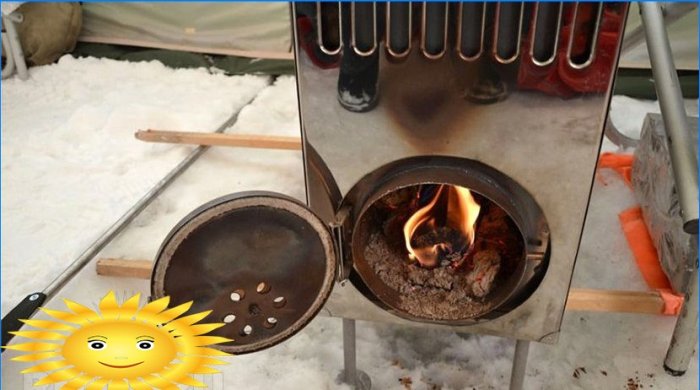
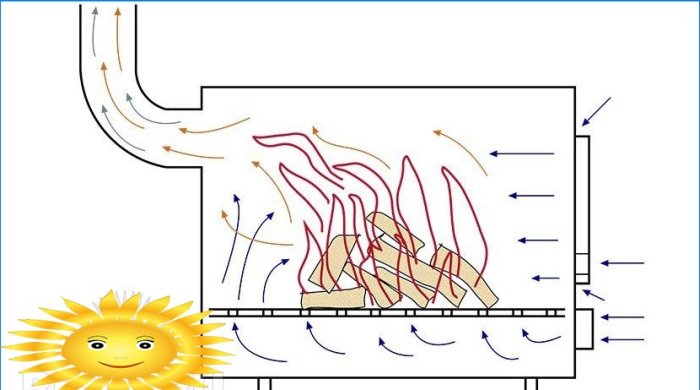
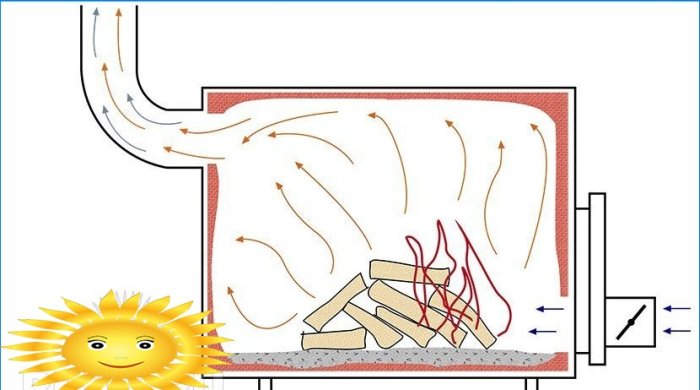
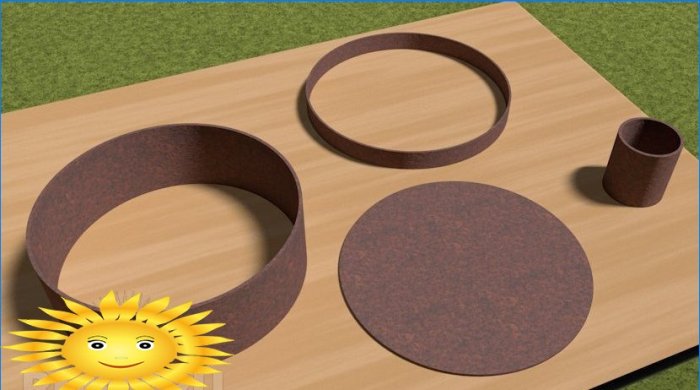
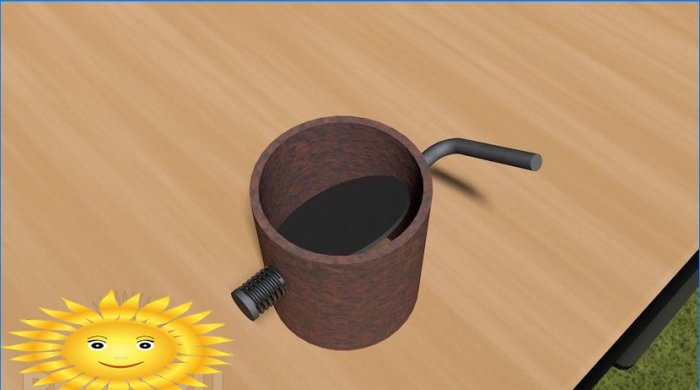
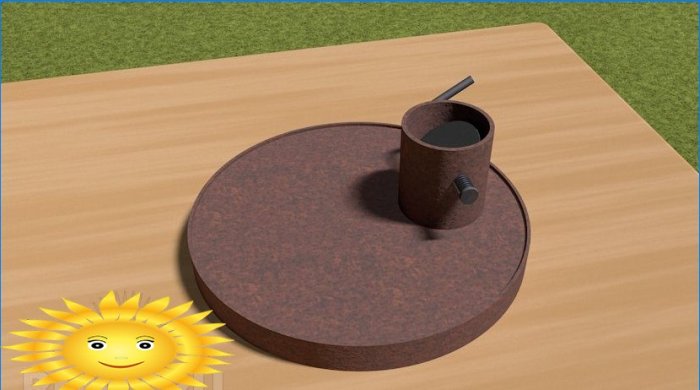
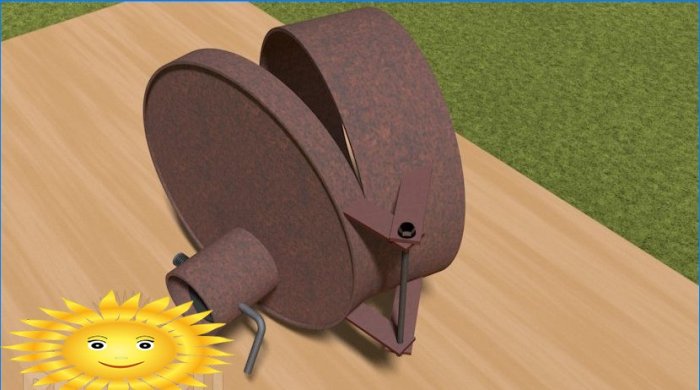

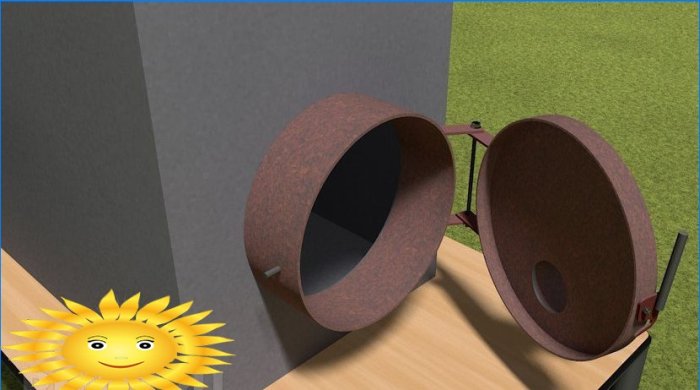


I’m intrigued by the concept of a long burning furnace without grates, specifically a DIY potbelly stove. How does it work without the typical grates? Are there any advantages or disadvantages compared to traditional stoves with grates? Would love to know more about the design and functionality behind it!